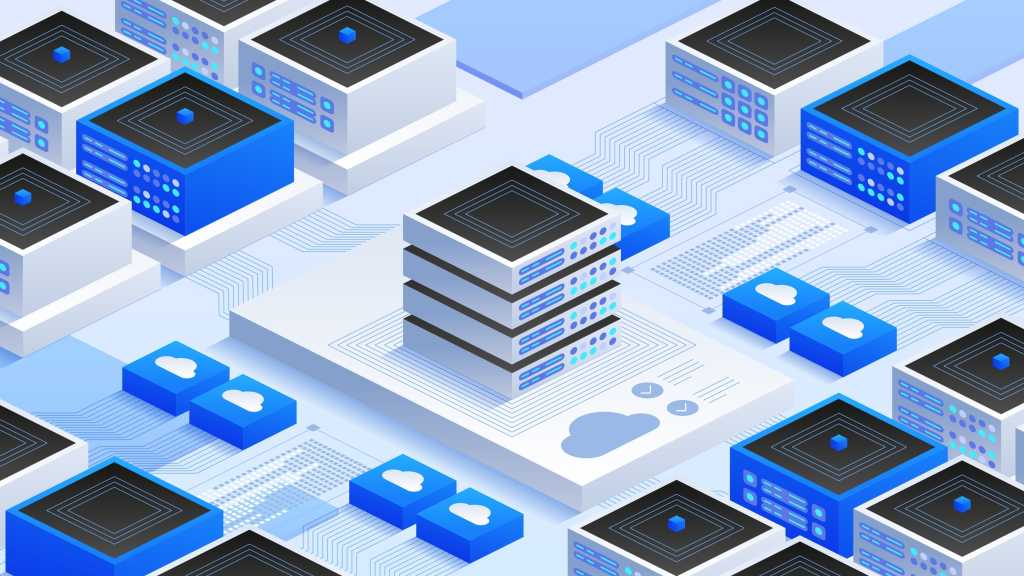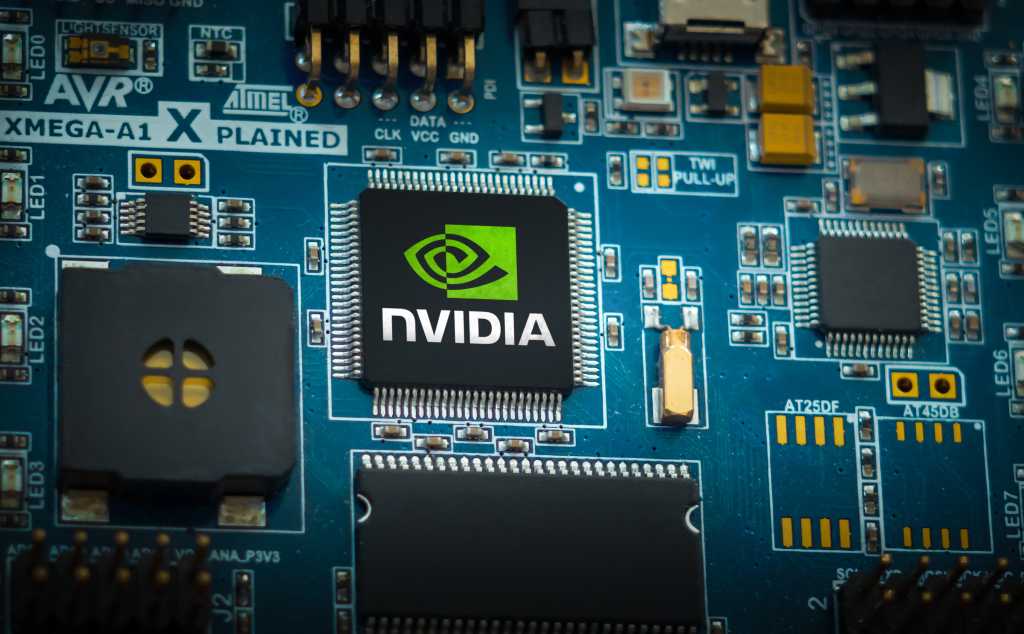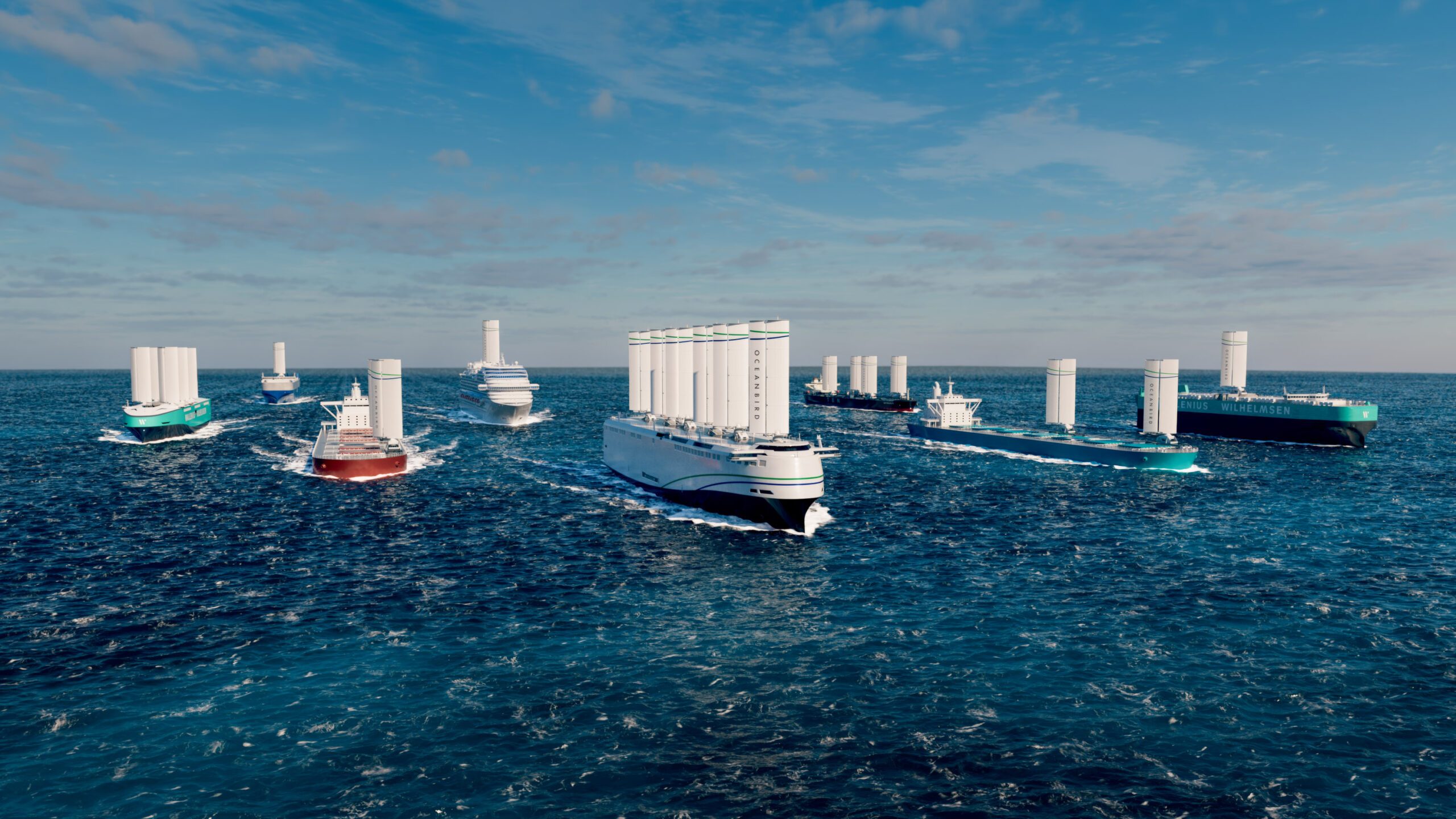Following the government’s decision to withdraw development and production consents for North Sea oil and gas projects Rosebank and Jackdaw, up to 13 more projects in the consenting process could be halted.
Equinor’s Rosebank oil field and Shell’s Jackdaw gas project both had planning approval overturned by the Scottish courts this month, due to climate emissions.
The courts ruled that both projects would need to reapply for environmental impact assessments that properly took into account downstream, or customer, emissions.
Energy minister Michael Shanks faced questions from the Green Party’s Carla Denyer in Parliament on 10 February around oil and gas consents.
Denyer asked: “If the minister will not comment on Rosebank or Jackdaw because of the threat of legal appeals, will he at least confirm that his government will put a stop to extraction from a reported 13 new oil and gas fields that received licences from the previous government but are still awaiting their final consents?”
Energy minister Shanks responded, stating that his department “will have responsibility for making the decisions, and it would be wrong” to prejudice that process.
He suggested that the number of projects that could be subject to review was not fixed, and would depend “entirely how such applications end up back in court”, adding, “that is what I am determined to avoid”.
Shanks indicated that projects that do not pass climate tests, specifically the compatibility test put in place by the Supreme Court, could be at risk. The climate compatibility checkpoint design seeks to evaluate oil and gas licences by assessing how compatible they are with national climate objectives.
“We clearly outlined the question of licensing at the election: we will not issue new licences to explore new fields, existing licences will be honoured, and we will not remove licences from fields that already have a licence,” Shanks said.
“However, consents—the point at which extraction takes place—must take into account climate tests, and not least the compatibility test laid down by the Supreme Court. Any applications now or in future must take account of that.”
A spokesperson for the North Sea Transition Authority (NSTA) declined to identify the names of projects that could be at risk, or to confirm any specific applications for consent.
According to NSTA documentation, 13 projects were in the authorisation phase or under assessment in 2024, though the spokesperson warned that the data may no longer be in date.
That documentation said the same number of matters were “referred to disputes and sanctions in 2023”, after the NSTA opened eight investigations, two of which were closed with no further action.
The Rosebank and Jackdaw projects effectively had their development and production consents quashed until new environmental impact assessments (EIAs) have been carried out.
The Offshore Petroleum Regulator for Environment and Decommissioning (OPRED) is responsible for assessing the environmental impacts of a project.
The NSTA can only grant a development and production consent after that initial assessment has been completed and the Secretary of State has agreed to the grant of consent.
Developers can only make a final investment decision and submit their final field development plan for the NSTA’s consideration after an environmental statement consultation has been carried out.
Operators will need to wait until the new EIA guidance is in place before submitting environmental statements to OPRED as part of the EIA process.
However, according to the NSTA, this is not expected to change the order of events for operators in terms of approvals.
OPRED has been asked for comment.
Recommended for you

Starmer signals he will not block Rosebank oil field going ahead






















